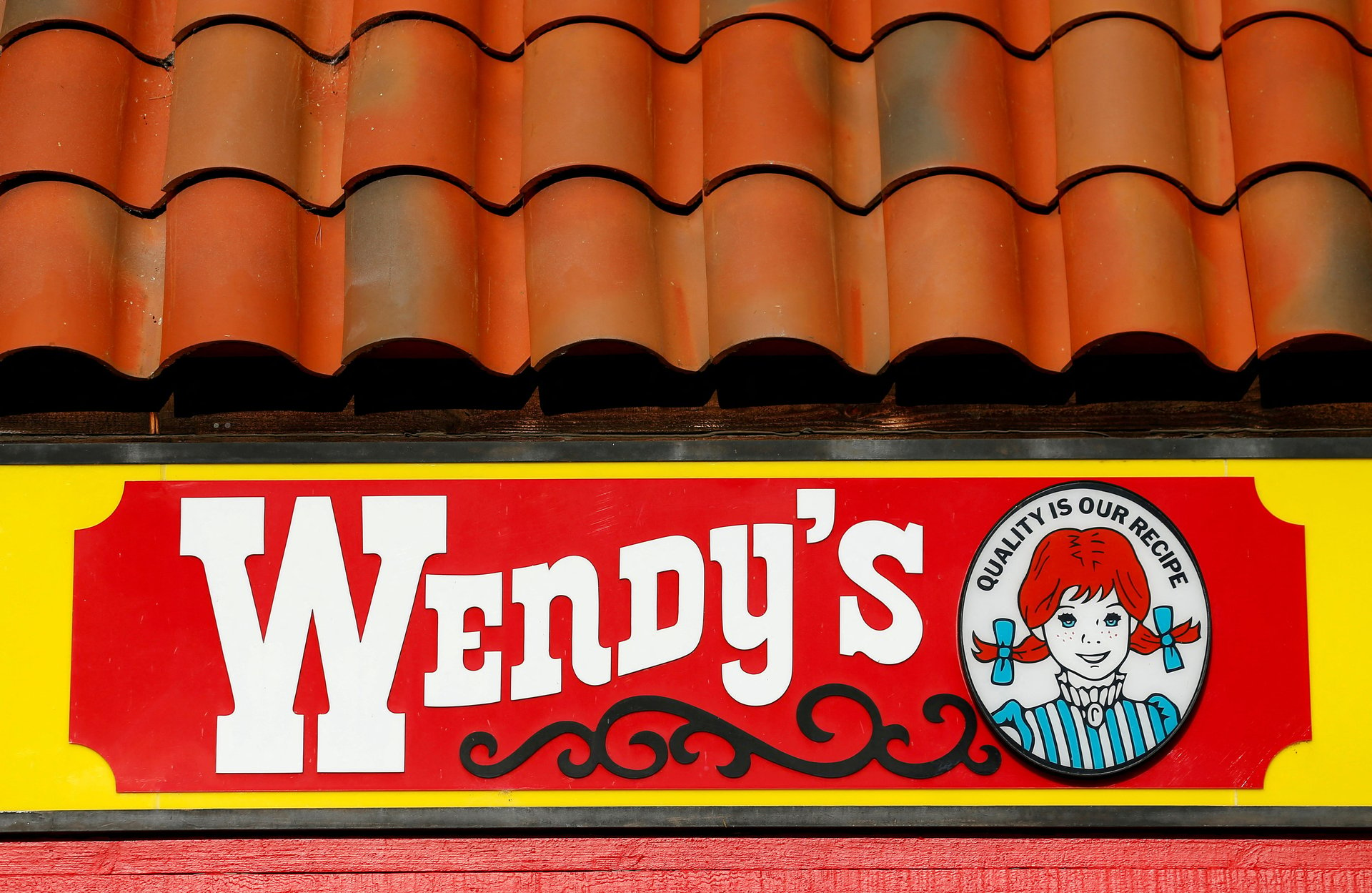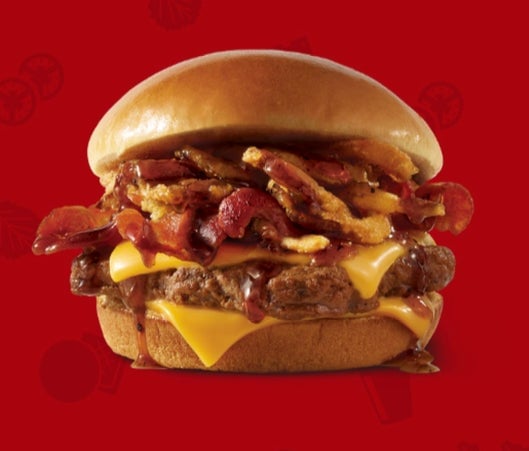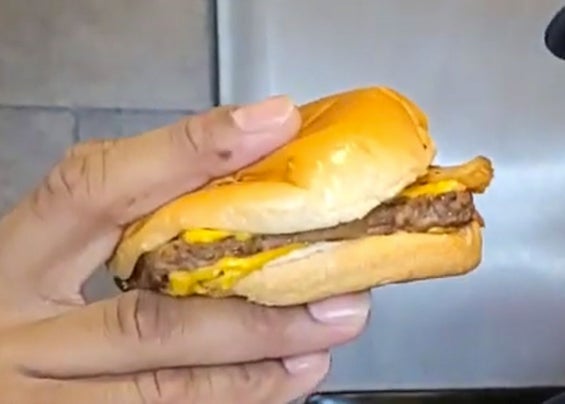This is the photographic evidence presented in a lawsuit over fast-food burger sizes
Would you rather have this?


Would you rather have this?

Or this?

They are the same, according to Wendy’s.
A 35-page class-action lawsuit, filed in the US district court for the Eastern District of New York, claims that Wendy’s exaggerates the thickness of its beef patties and the amount of burger toppings it uses in its ads. It also alleges that McDonald’s uses undercooked patties in ads to make them appear bigger than they are. The lawsuit cites one McDonald’s ad in which the beef patty extends all the way to the edge of the bun, comparing it to the actual burger where it does not.
Beef patties in the ads are not fully cooked, making the burgers appear about 15% to 20% larger than the ones served to customers, the lawsuit says.
The lawsuit says that many reviewers have criticized Wendy’s for serving items that are smaller than advertised, with a review of Wendy’s Dave’s Single burger saying “…this is worth a dollar…this is not no five-dollar burger.”
It’s not all that surprising that fast food ads show burgers and fries in an idealized way. But a look at the images from the lawsuit depicting the promised item versus the reality of fast food may be the strongest argument that in this case at least, there’s no truth in advertising.
The legality around food advertising
This isn’t the first lawsuit accusing restaurants of misleading customers with advertising. In March, a class-action lawsuit was filed against Burger King in a Florida federal court, alleging that the fast-food giant inflates the size of its burgers by 35% in ads. There have also been lawsuits over the lack of real strawberries in strawberry Pop-Tarts, the fudge in Keebler cookies, and the provenance of the vanilla flavoring in A&W Root Beer.
When it comes to the legality around restaurant advertising, customers seeing that food looks different in person than in an ad would not cause the same regulatory concern as a claim that a product could reduce the risk of illnesses, for instance, Federal Trade Commission spokesperson Betsy Lordan told CNBC in 2014.
In an interview with NPR, Bonnie Patten, the executive director of a consumer advocacy group, said these lawsuits usually end with a judge dismissing the case or with a settlement agreement. In other words, companies often get away without changing much at all. The settlement can also be lucrative for the plaintiff’s attorney, who usually takes home between a quarter to a third of it, she added.
It’s not unusual to see food faked
The lawsuit also alleges that food stylists for McDonald’s and Wendy’s have said that they deceive customers.
Food styling is a real business, and using undercooked meat in ads is just one of the tricks stylists employ to make food look more beautiful. But as food trends have shifted toward a more natural look, the exaggeration has been toned down, wrote Fast Company. Food styling is also practical, and designed to preserve food destined to sit for long hours under hot lights. The lawsuit mentions a food stylist who prefers to use undercooked patties because “[t]hat ensures a big, plump patty, whereas fully cooked burgers tend to shrink and look less appetizing.”